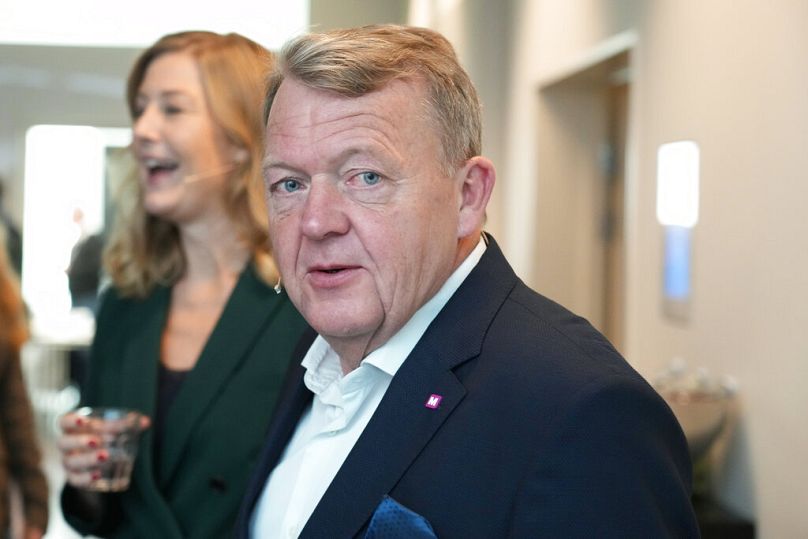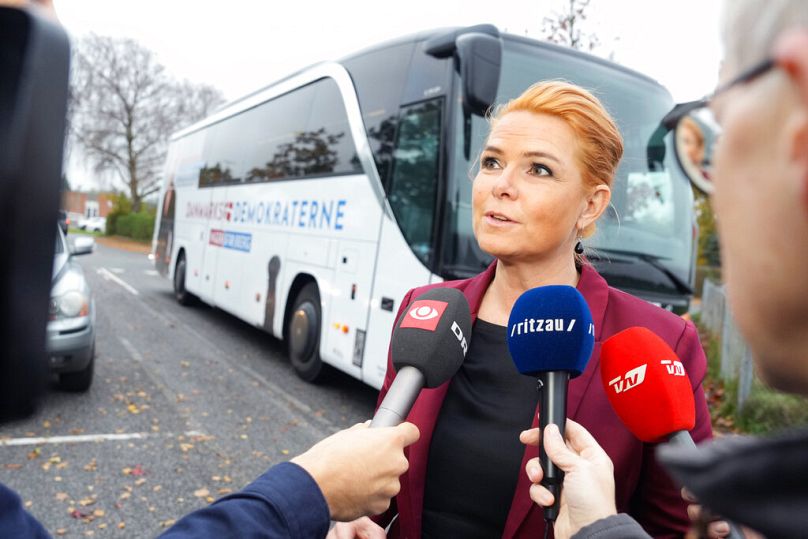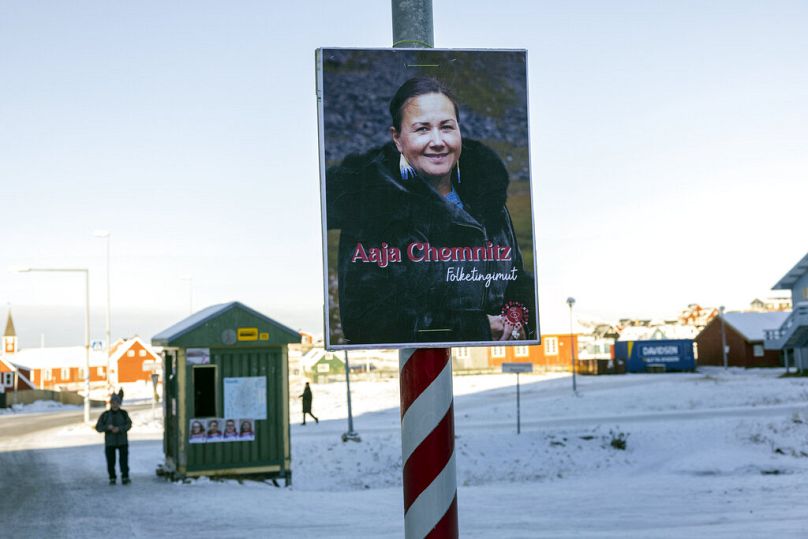Incumbent Prime Minister Mette Frederiksen secured another term in office after left-wing parties secured 90 seats in parliament - but what other interesting things did we find out?
1. Social Democrats still have the magic
Perhaps nobody was more surprised by the Danish election results than incumbent Prime Minister Mette Frederiksen, who wiped away tears as she spoke to supporters at her party headquarters in Copenhagen late on Tuesday night.
During the campaign, there was no certainty she'd be in this position and had talked about wanting to form a broad government of national unity to tackle the issues facing the country - the same issues facing the rest of Europe like the climate crisis, rising energy prices, the war in Ukraine and the cost of living crisis.
In the end, it was the Social Democrats' best election result in the last two decades, with 50 seats secured, and enough support from other left-wing parties to form a government -- so it remains to be seen whether now, in a position of victory, she will still reach out and form that broad government she talked about on the campaign trail.
2. Moderates surged, but won't be kingmakers
For a party that was only formed in the summer, the Moderates performed exceptionally well to win 16 seats and become the third largest party in parliament.
Led by former PM Lars Løkke Rasmussen, the Moderates had hoped to find themselves in the role of kingmaker after the votes were counted (and Rasmussen no doubt had visions of becoming prime minister again) but it wasn't to be, since the left-wing bloc got enough seats combined to win a majority.
3. Far-right ups and downs
The Danish far-right has had its ups and downs over the last two decades.
From 2001 until 2011, and again from 2016 to 2019, the Danish People's Party (DPP) supported the governments of the day (including Lars Løkke Rasmussen's government, see above) and as a result had a seat at the table when it came to making policy decisions in line with what their voters wanted: getting tough on migrants.
At the European Parliament Elections in 2014, the DPP emerged as the biggest Danish party, securing 27% of the votes.
Fast forward to 2022, and there are mixed fortunes for Denmark's far-right parties.
The Danish People's Party has fallen out of fashion, picking up just five seats (down from 16 at the last election, where they already lost 21 seats compared to the previous election).
But the right-wing mantle has been picked up by the Danish Democrats, another party only formally launched in June this year, led by former minister Inger Støjberg, which secured 14 seats.
Does Støjberg's name seem at all familiar? In December 2021 she was convicted in her role as immigration minister of illegally separating asylum-seeking couples where one partner was under 18.
After a rare impeachment trial, Støjberg was sentenced to 60 days in prison. The court found that she had neglected her ministerial duties "intentionally or through gross negligence".
Now she leads the fifth biggest party in parliament. What a difference a year makes.
4. Losers can be winners
Even when it looks like a party did badly on election night, they could turn out to be winners in the end.
The small Radikale Venstre party -- in English they're called the Social Liberal Party -- only got seven MPs into the new parliament, which is down sharply from the 16 seats they won at the last election.
They're a pro-European party and have supported governments on both the left and right of Danish politics before, so could still end up as "winners" by extracting some concessions from Mette Frederiksen as she looks to form a new government.
That means party leader Sofie Carsten Nielsen might be able to soften the government's position on immigration matters, where Radikale Venstre has a less strict approach.
Every cloud has a silver lining.
5. The smallest constituencies played an outsize role
It wasn't just voters in the Danish mainland casting their ballots in this general election.
Voters in the Faroe Islands went to the polls on Monday 31 October, while Greenlanders voted on 1 November.
Each of the territories, which have a semi-autonomous relationship with Denmark, sends two parliamentarians to the Folketing in Copenhagen.
Although the left-wing bloc led by Mette Frederiksen secured 87 seats thanks to mainland constituencies, it meant she was still three seats short of a majority.
But, as in the 1998 general election, the North Atlantic votes counted in the Social Democrats' favour: Greenland returned two left-wing MPs from the Siumut and Inuit Ataqatigiit parties, with 47.8% turnout; while in the Faroe Islands one Social Democrat MP was elected, with 71.3% turnout overall.














